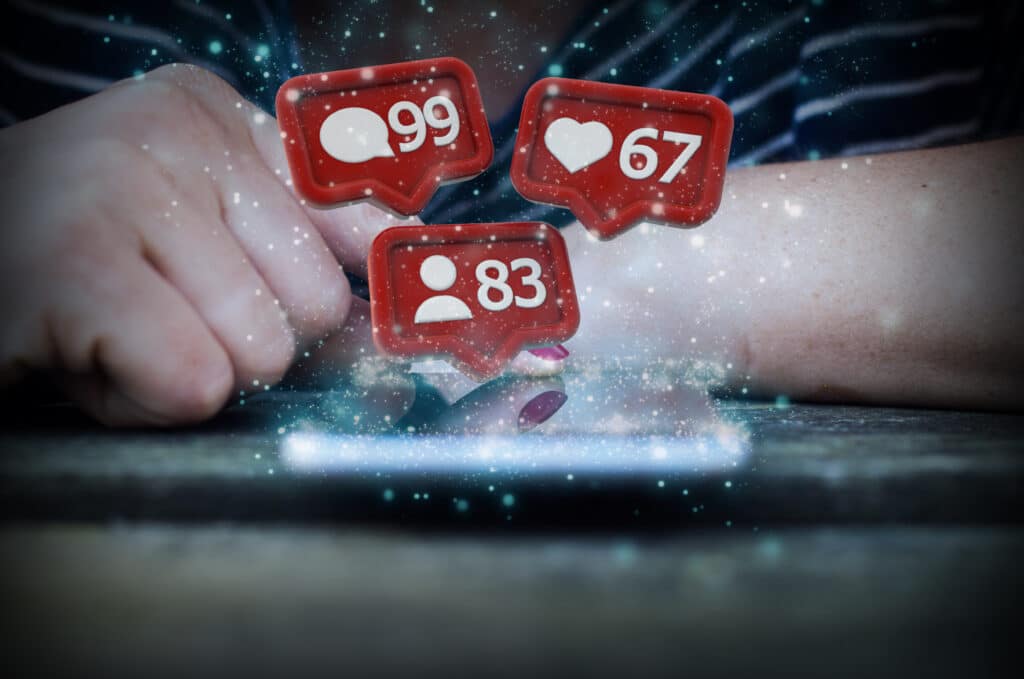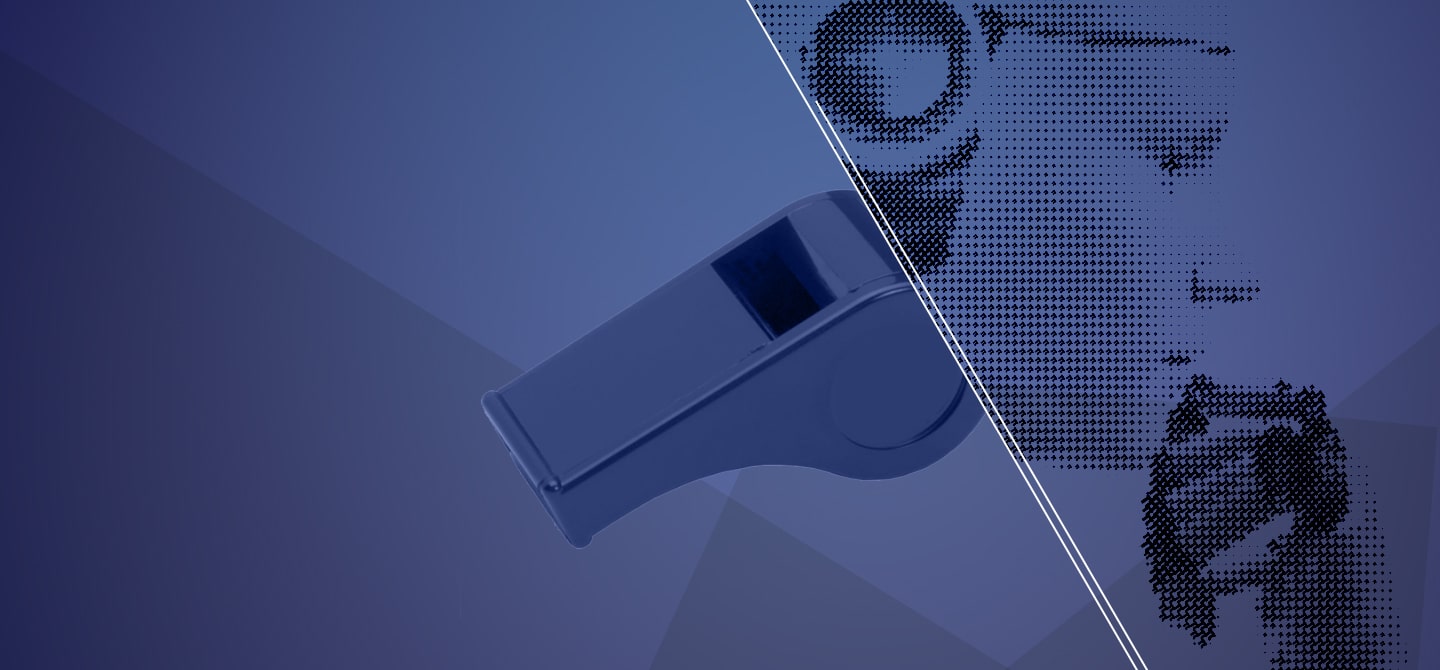TikTok, Instagram and Snapchat are now part of the daily lives of 10–24-year-olds, whether it’s to follow the lives of influencers, watch videos or send messages to each other. Social networks are often presented as a threat to the well-being of teenagers. For some years now, these platforms and their repercussions have been the subject of numerous scientific studies, widely reported in the media.
Recently, neuroscientists at the University of North Carolina1 in the United States showed that cognitive changes were taking place in the brains of teenagers who spend a lot of time on social networks. They seem to develop a heightened sensitivity to social rewards, and therefore to the comments and opinions of those around them. The authors themselves qualify these results, stating that they do not know whether this effect is positive or negative. Furthermore, since adolescence is a period when social relationships develop, these cognitive changes could be explained by other factors, such as the development of links with peers.
Adolescents more affected by mental disorders
Thousands of other studies have examined the relationship between teenagers and social networks. Luisa Fassi, a doctoral student in psychiatry, is working on this issue in the MRC Cognition and Brain Sciences Unit at Cambridge University in the UK. As part of a systematic review, she analysed around 5,000 studies to determine whether digital platforms influenced the mental health of adolescents. For the specialist, the current state of research does not yet provide a clear answer.

What is certain, for the time being, is that teenagers are not doing as well as they used to. “The mental health of teenagers has been declining for some years now. Compared with previous generations, they seem to have more problems such as anxiety, depression and eating disorders”, says Luisa Fassi. There has also been an increase in the suicide rate, particularly among girls. Admissions to emergency departments for suicide attempts rose by more than 40% in 2021 compared with the previous three years, according to data from Santé Publique France published by Libération2.
Social networks are often presented as one of the explanations, or even the real cause, of this malaise. In 2015, Jean Twenge, an American psychologist, noted that teenagers were increasingly suffering from loneliness and depression, and that this deterioration in their mental health was directly linked to the widespread use of smartphones and social networks. Since then, there seems to be a consensus in the media and among politicians about the harmful influence of these platforms. Last December, Emmanuel Macron described the Chinese application TikTok as “the number one [psychological] disrupter” for children and teenagers.
Not enough evidence
For Luisa Fassi, “there has been a lot of debate on this issue over the last few years, and the subject has been extensively studied, but we don’t have enough evidence to say that social networks are the main explanation for the decline in young people’s mental health. We are living in a time of crisis: teenagers are facing increasing instability in the economy, at work, in the climate, etc. It’s probably a multi-factorial phenomenon.” According to her research, studies show rather heterogeneous results, with positive, negative, weak, and strong links. “This discrepancy between the state of scientific knowledge and the public’s intuition is partly due to the misinterpretation of certain correlational evidence, which shows an association and is presented as a causal link,” she explains.
If we’re feeling more anxious, we’re going to spend more time on or TikTok.
Several studies have shown an association between time spent on social networking sites and mental health. The more time teenagers spend on social networking sites, the worse they feel. Anxiety, depression, and mood swings are on the rise. This does not mean, however, that the applications are directly responsible for this deterioration. “The link can go either way: if you feel more anxious, you’ll spend more time on Instagram or TikTok,” explains Luisa Fassi. Conversely, studies that look at the phenomenon over time show more heterogeneous results, with impacts on certain groups of teenagers. Girls are more negatively affected by social networks than boys. Beyond gender, age also plays a role. A study published in Nature in 20223 analysed the relationship between time spent using platforms and feelings of satisfaction in life, for 17,000 people aged between 10 and 21. The time of greatest sensitivity for both genders was 19, but for boys alone it was 14–15. For girls, this period is between 11 and 13.
Certain content associated with better mental health
“Social networks are not the only thing that can easily be tested in a study. There are many components, which need to be analysed separately to understand their impact. So, there’s the time spent on it, but also the type of content and activities to which we are exposed”, says Luisa Fassi. A wide range of content coexists on applications such as Instagram, Facebook, TikTok and Snapchat. You can look at your friends’ photos, chat by message, watch videos, and so on. The most popular activity among 11–18-year-olds is chatting with friends or family, according to a survey by the Génération Numérique association. And it is exactly this type of activity that is associated with better mental health, according to the studies analysed by the doctoral student. Conversely, cyber-bullying or exposure to offensive content has a negative impact on teenagers’ mental health.
So, are social networks good or bad for young people’s morale? When asked by parents or politicians, Luisa Fassi uses this metaphor: “Is drinking bad? Are we talking about water or alcohol, and in what quantities? Too much water can be dangerous for our bodies”. This is a difficult question, because social networks are complex platforms with multiple uses and content. Their business model is based on algorithms and the creation of an individualised experience to capture and hold attention. The content on offer is tailored to the tastes, passions, and habits of each individual, which makes research into this subject more complicated. Furthermore, researchers do not have access to data directly from the platforms, which could provide a wealth of precise and useful information on the time spent, activities undertaken, types of content, etc. Most studies are based on self-declaration by participants, and the reality can sometimes differ from the data shared by individuals.
“It’s not like a drug, for which we can launch a clinical trial and know the effects. We need more evidence and cumulative data”, says Luisa Fassi. When will we have these answers? “The pace of research development is very high. I hope that in five years’ time, we will have clearer answers to inform policymakers and guide regulations. However, even when we have precise answers, they will most likely be nuanced and contradictory, with different effects for different groups, depending on the mental history of adolescents, their age, gender, region of origin, etc.”








